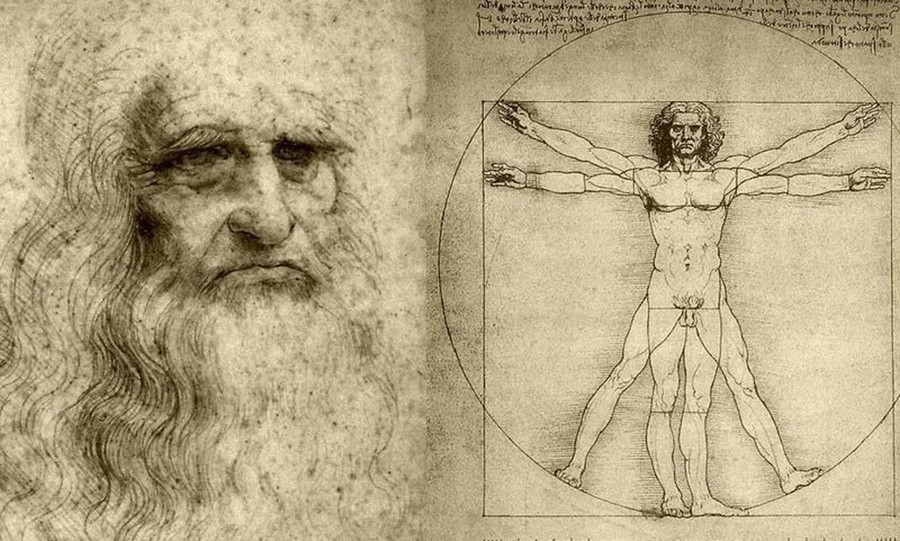A sword is a long-bladed weapon intended for slashing or thrusting. The precise definition of the term varies with the historical epoch or the geographical region under consideration. A sword consists of a long blade attached to a hilt. The blade can be straight or curved. Thrusting swords have a pointed tip on the blade and tend to be straighter; slashing swords have a sharpened cutting edge on one or both sides of the blade and are more likely to be curved. Many swords are designed for both thrusting and slashing.
Historically, the sword developed in the Bronze Age, evolving from the dagger; the earliest specimens date to about 1600 BC. The later Iron Age sword remained fairly short and without a crossguard. The spatha, as it developed in the Late Roman army, became the predecessor of the European sword of the Middle Ages; it was at first adopted as the Migration period sword, and only in the High Middle Ages did it develop into the classical arming sword with crossguard. The word sword continues the Old English word sweord.
During the Middle Ages, sword technology improved, and the sword became a very advanced weapon. It was frequently used by men in battle, particularly during an attack. The spatha type remained popular throughout the migration period and well into the Middle Ages. Vendel Age spathas were decorated with Germanic artwork (not unlike the Germanic bracteates fashioned after Roman coins). The Viking Age saw again a more standardized production, but the basic design remained indebted to the spatha.
Around the 10th century, the use of properly quenched, hardened, and tempered steel started to become much more common than in previous periods. The Frankish 'Ulfberht' blades (the name of the maker inlaid in the blade) were of particularly high quality. Charles the Bald tried to prohibit the export of these swords, as they were used by Vikings in raids against the Franks.
Wootz steel, also known as Damascus steel, was a unique and highly prized steel developed on the Indian subcontinent as early as the 5th century BC. Its properties were unique due to the special smelting and reworking of the steel, which created networks of iron carbides described as globular cementite in a matrix of pearlite. The use of Damascus steel in swords became extremely popular in the 16th and 17th centuries.
It was only in the 11th century that Norman swords began to develop the crossguard (quillons). During the Crusades of the 12th to 13th centuries, this cruciform type of arming sword remained essentially stable, with variations mainly concerning the shape of the pommel. These swords were designed as cutting weapons, although effective points were becoming common to counter improvements in armor, especially the 14th-century change from mail to plate armor.
It was during the 14th century, with the growing use of more advanced armor, that the hand and a half sword, also known as a "bastard sword", came into being. It had an extended grip that meant it could be used with either one or two hands. Though these swords did not provide a full two-hand grip, they allowed their wielders to hold a shield or parrying dagger in their off hand or to use them as a two-handed sword for a more powerful blow. The names given to many swords in mythology, literature, and history reflected the high prestige of the weapon and the wealth of the owner.







